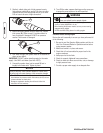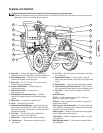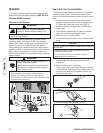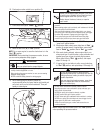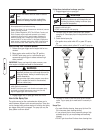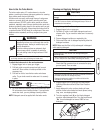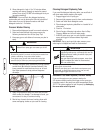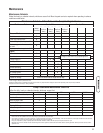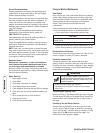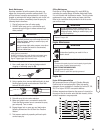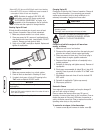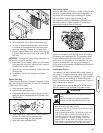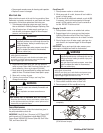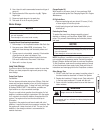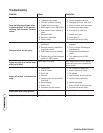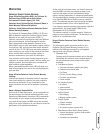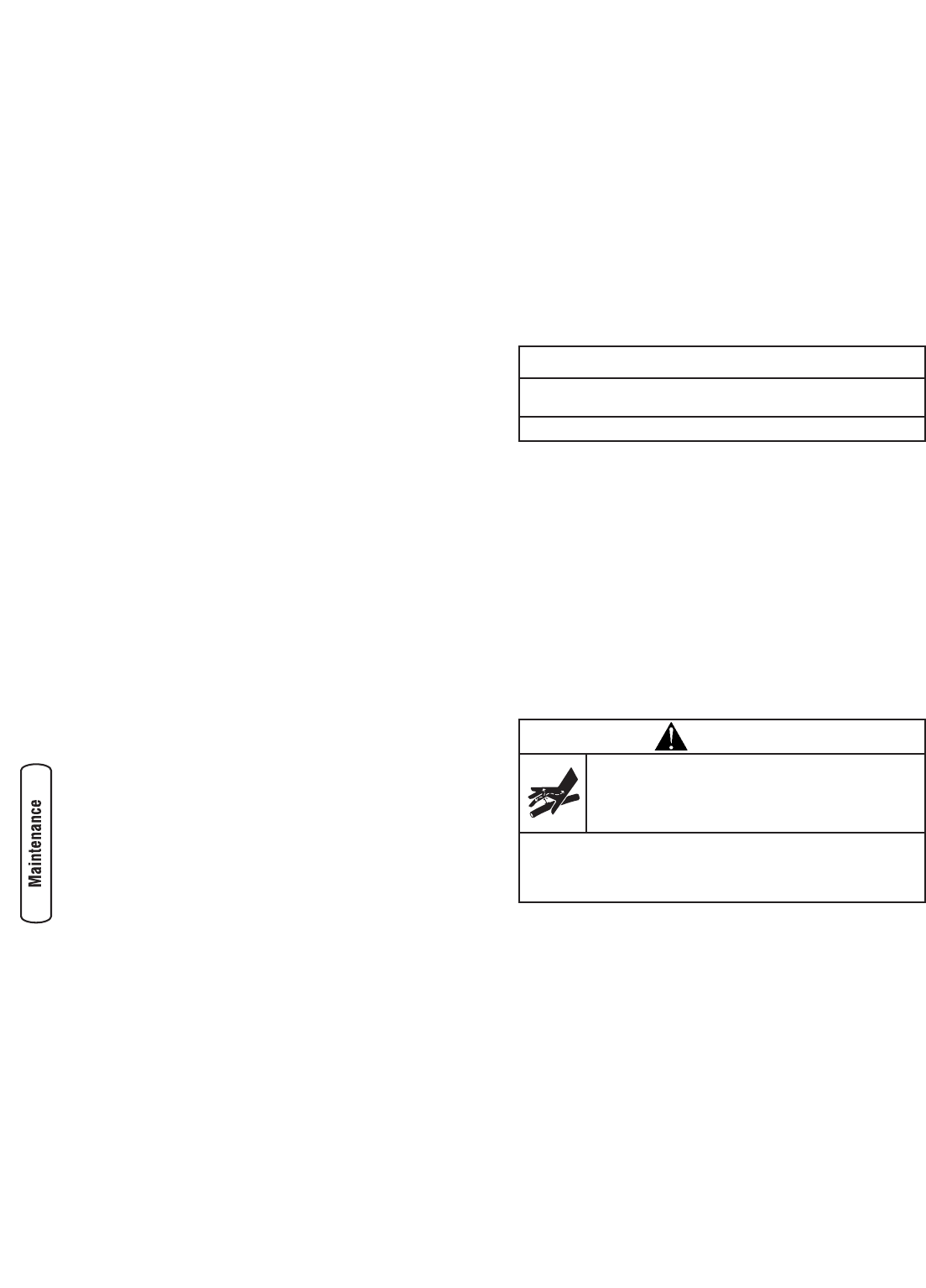
General Recommendations
Regular maintenance will improve the performance and
extend the life of the pressure washer. See any Briggs &
Stratton Authorized Dealer for service.
The pressure washer’s warranty does not cover items that
have been subjected to operator abuse or negligence. To
receive full value from the warranty, the operator must
maintain the pressure washer as instructed in this manual,
including proper storage as detailed in Winter Storage and
Long Term Storage.
NOTE: Should you have questions about replacing
components on your pressure washer, please call
(800) 743-4115 for assistance.
Some adjustments will need to be made periodically to
properly maintain your pressure washer.
All service and adjustments should be made at least once
each season. Follow the requirements in the Maintenance
Schedule chart above.
NOTE: Once a year you should clean or replace the spark
plug, clean or replace the air filter, and check the spray gun
and nozzle extension assembly for wear. A new spark plug
and clean air filter assure proper fuel-air mixture and help
your engine run better and last longer.
Emissions Control
Maintenance, replacement, or repair of the emissions
control devices and systems may be performed by any
non-road engine repair establishment or individual.
However, to obtain ”no charge” emissions control service,
the work must be performed by a factory authorized dealer.
See the Emissions Warranty.
Before Each Use
1. Check engine oil level.
2. Clean debris.
3. Check water inlet screen for damage.
4. Check high pressure hose for leaks.
5. Check detergent siphoning tube and filter for damage.
6. Check spray gun and nozzle extension assembly for
leaks.
7. Rinse out garden hose to flush out debris.
8. Check pump oil level.
9. Check for oil and water leaks.
Pressure Washer Maintenance
Clean Debris
Daily or before use, clean accumulated debris from cleaning
system. Keep linkage, spring and controls clean. Keep area
around and behind muffler free from any combustible debris.
Inspect cooling air slots and openings on the pressure
washer. These openings must be kept clean and
unobstructed.
Pressure washer parts should be kept clean to reduce the
risk of overheating and ignition of accumulated debris.
• Use a damp cloth to wipe exterior surfaces clean.
• Use a soft bristle brush to loosen caked on dirt, oil, etc.
• Use a vacuum cleaner to pick up loose dirt and debris.
Check and Clean Inlet Screen
Examine the screen on the pump’s water inlet. Clean it if the
screen is clogged or replace it if screen is damaged.
Check High Pressure Hose
The high pressure hose can develop leaks from wear,
kinking, or abuse. Inspect the hose each time before using it.
Check for cuts, leaks, abrasions or bulging of cover, damage
or movement of couplings. If any of these conditions exist,
replace the hose immediately.
Check Detergent Siphoning Tube
Examine the filter on the detergent tube and clean if clogged.
The tube should fit tightly on the barbed fitting. Examine the
tube for leaks or tears. Replace the filter or tube if either is
damaged.
Check Spray Gun and Nozzle Extension
Examine the hose connection to the spray gun and make
sure it is secure. Test the trigger by pressing it and making
sure it “springs back” into place when you release it. Put the
trigger lock in the ON position and test the trigger. You
should not be able to press the trigger.
18 BRIGGSandSTRATTON.COM
NOTICE
Improper treatment of pressure washer can damage it and
shorten its life.
• DO NOT insert any objects through cooling slots.
WARNING
The high pressure stream of water that this
equipment produces can cut through skin and its
underlying tissues, leading to serious injury and
possible amputation.
• NEVER repair high pressure hose. Replace it.
• Replacement hose rating MUST exceed maximum pressure
rating of unit.



